Introduction
There’s an undeniable fascination with the macabre – the dark, the twisted, the unexplainable. And few places embody this fascination more than the Museo de las Momias (Museum of the Mummies) in Guanajuato, Mexico. This small museum is home to a collection of naturally preserved corpses, their bodies dried out and contorted into unsettling positions, their wide-open mouths frozen in eternal screams.
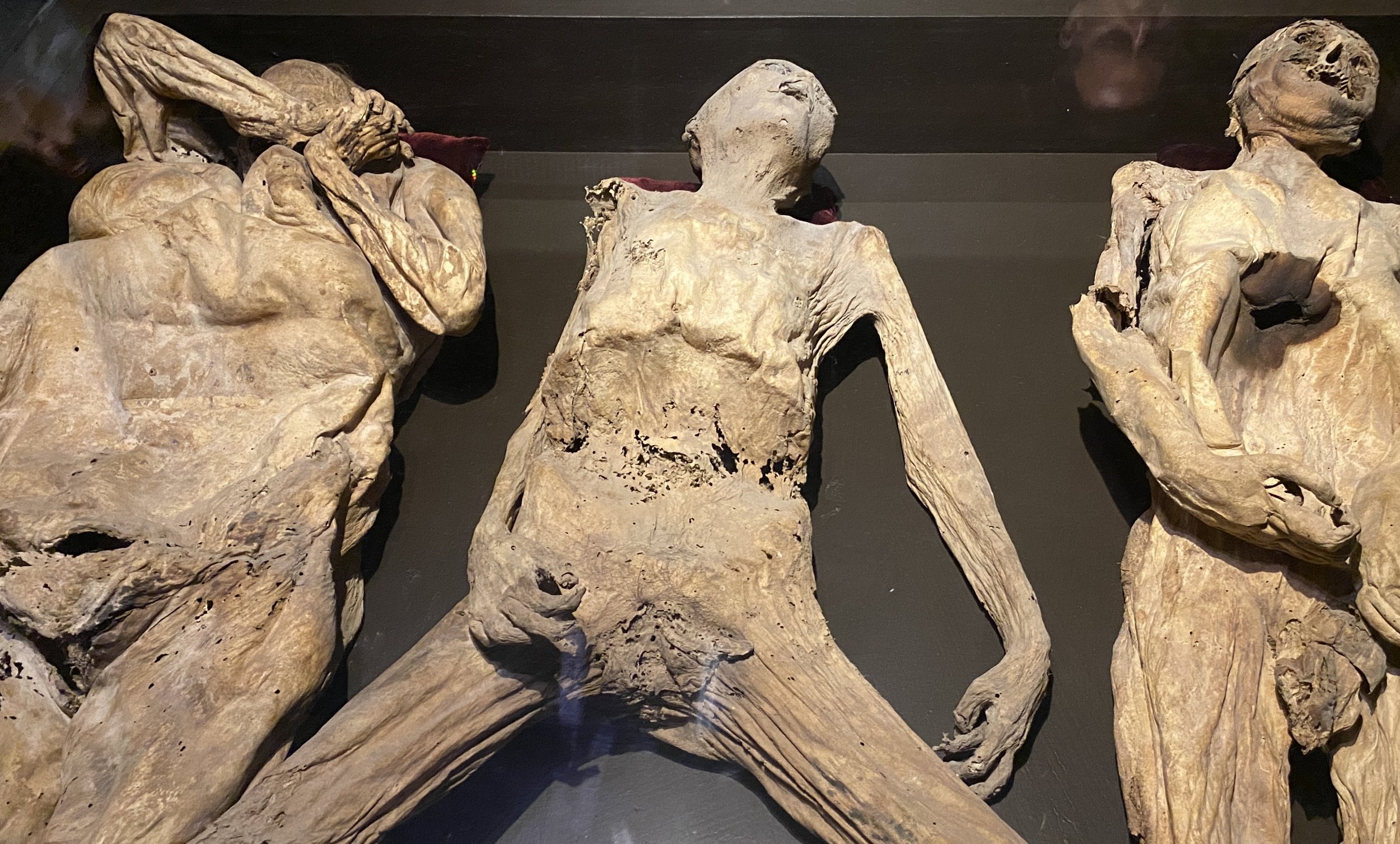
Despite the morbid subject matter, the Museo de las Momias has become a surprisingly popular tourist attraction, drawing visitors from around the world who are drawn to the museum’s eerie, unsettling atmosphere. What is it about these long-dead bodies that captivates us so? Why do we find ourselves compelled to confront our own mortality by staring into the lifeless eyes of the mummies?
In this blog post, we’ll delve into the history and significance of the Museo de las Momias, exploring the reasons behind its macabre appeal and the deeper psychological and cultural implications of our fascination with the dead.
The Haunting History of the Museo de las Momias
The Museo de las Momias is located in the city of Guanajuato, a colonial-era town in central Mexico known for its winding alleyways, colorful buildings, and vibrant cultural heritage. The museum itself is housed in a former 19th-century cemetery, adding to the already unsettling atmosphere.
The origins of the museum’s mummified collection can be traced back to the 1860s, when a cholera epidemic swept through Guanajuato, claiming the lives of thousands of residents. Due to limited space in the town’s cemeteries, the bodies of the deceased were often exhumed after several years to make room for new burials. It was during these exhumations that the first naturally mummified corpses were discovered – the dry, arid climate of the region had preserved the bodies, leaving them in a twisted, desiccated state.
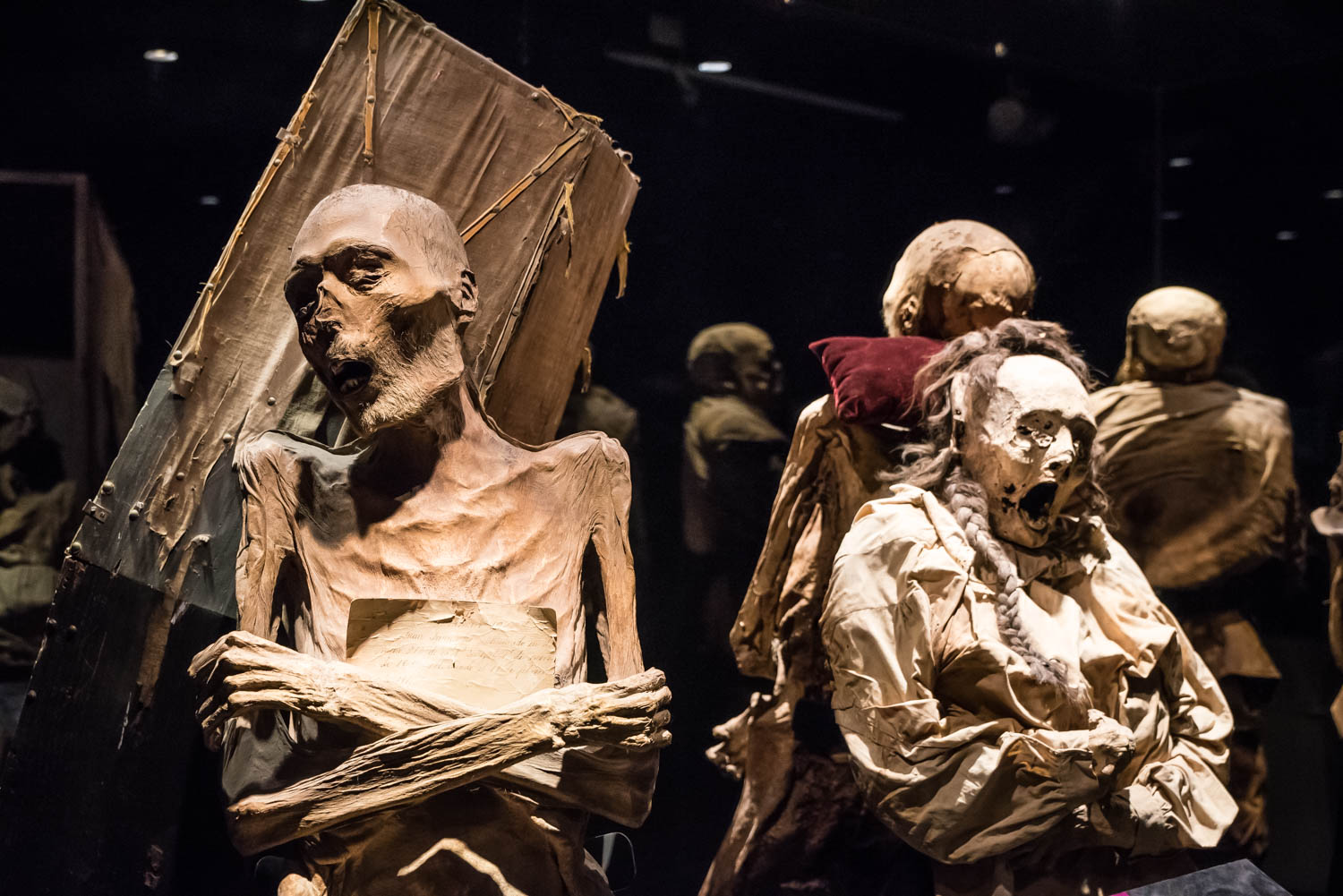
As word of the mummies spread, the local government decided to put the bodies on display, charging a small fee for visitors to view the macabre collection. Over the years, the museum’s collection has continued to grow, with new mummies added as they were discovered in the region’s cemeteries.
Today, the Museo de las Momias houses over 100 mummified remains, each one a haunting testament to the fragility of human life. The bodies are displayed in various poses – some standing, some sitting, some curled up in fetal positions – their skin taut and leathery, their features frozen in expressions of agony or terror.
The Psychological Allure of the Macabre
The Museo de las Momias may seem like a morbid and unsettling place, but its popularity suggests that there is a deep-seated human fascination with the macabre and the unknown. What is it about these long-dead bodies that captivates us so?
One possible explanation lies in our innate curiosity about death and the afterlife. Death is the great unknown, the final frontier that we all must eventually face. By confronting the physical remains of the deceased, we are forced to confront our own mortality and the inevitable fate that awaits us all.
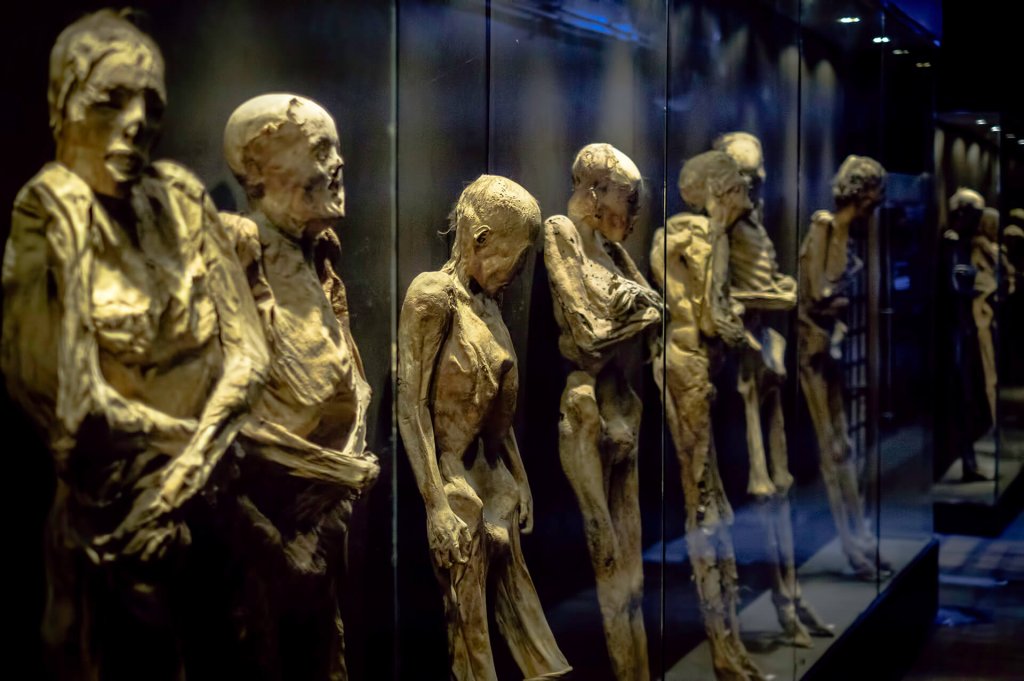
There is also a sense of morbid fascination with the grotesque and the uncanny. The mummies on display at the Museo de las Momias are not simply dead bodies – they are bodies that have been preserved in a way that is both natural and unnatural, a strange hybrid of the living and the dead. This juxtaposition of the familiar and the unfamiliar can be deeply unsettling, but it also piques our curiosity and draws us in.
Additionally, the Museo de las Momias taps into our innate human desire for the dramatic and the sensational. The twisted, contorted bodies on display are undeniably shocking and disturbing, but there is also a certain theatricality to them that appeals to our sense of the macabre. The wide-open mouths and the haunting expressions on the mummies’ faces evoke a sense of horror and awe that is both repulsive and captivating.
The Cultural Significance of the Museo de las Momias
The Museo de las Momias is not just a collection of morbid curiosities – it is also a reflection of the rich cultural history and traditions of Mexico. The practice of natural mummification has deep roots in Mesoamerican cultures, with the Aztecs and other indigenous groups often preserving the bodies of important figures for ceremonial and religious purposes.
In the case of the Museo de las Momias, the mummies on display are a testament to the resilience and adaptability of Mexican culture in the face of colonial oppression and social upheaval. The cholera epidemic that led to the discovery of the mummies was a devastating event, but the decision to put the bodies on display was a way for the local community to reclaim their history and assert their cultural identity.
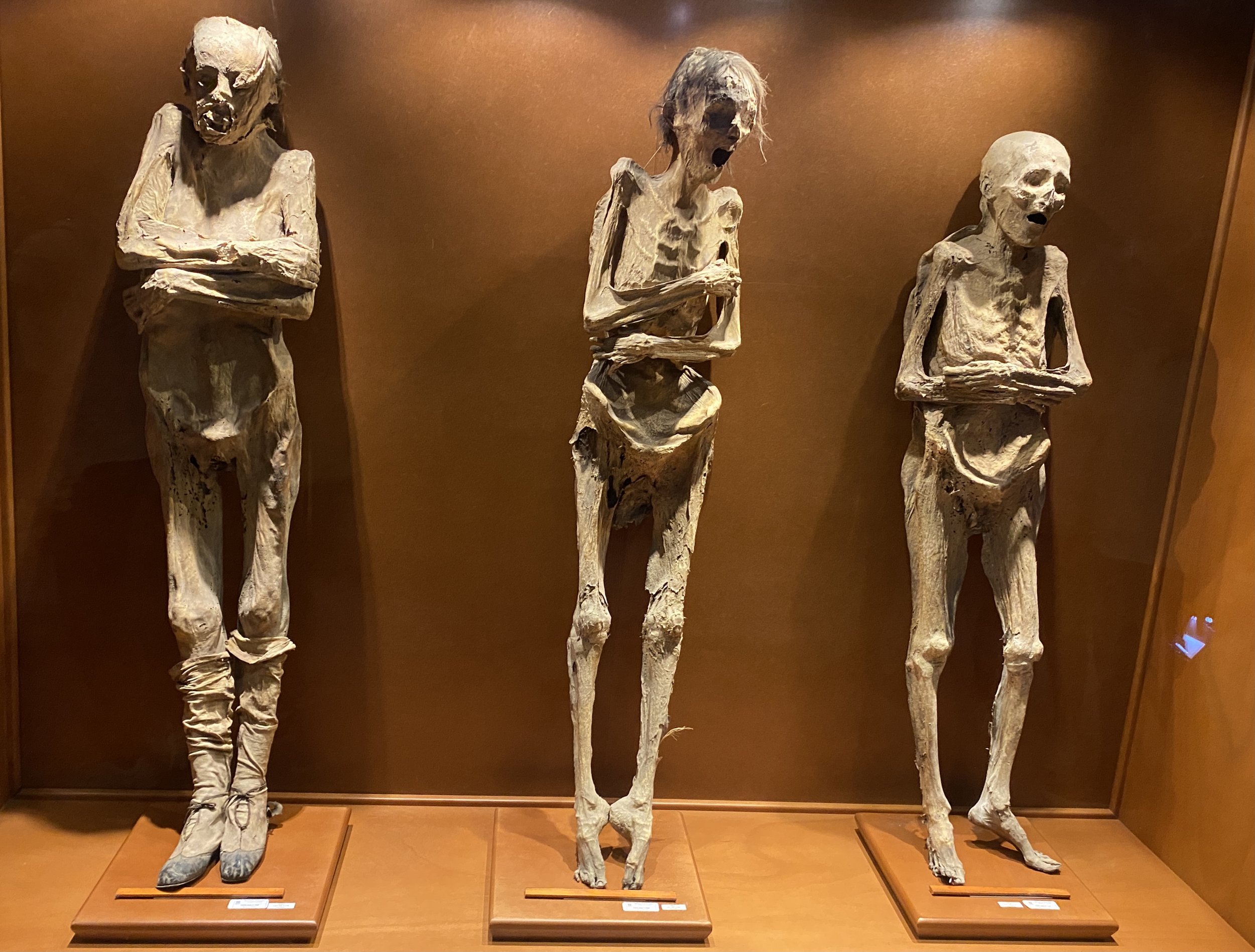
Furthermore, the Museo de las Momias is a powerful reminder of the ways in which death and the afterlife are viewed and celebrated in Mexican culture. The Day of the Dead, a holiday celebrated throughout Mexico, is a prime example of this cultural approach to mortality, with its vibrant, colorful displays and celebrations honoring the memory of the deceased.
In this context, the Museo de las Momias can be seen as a more macabre and unsettling expression of this cultural fascination with death and the afterlife. The mummies on display are not simply objects of morbid curiosity, but rather symbols of the deep-rooted beliefs and traditions that have shaped Mexican identity for centuries.
The Ethical Considerations of the Museo de las Momias
While the Museo de las Momias has undoubtedly captured the imagination of visitors from around the world, it has also raised a number of ethical concerns. The display of human remains, particularly those of individuals who did not consent to being exhibited, has been a subject of ongoing debate and controversy.
Critics of the museum argue that the mummies on display are a violation of the dignity and privacy of the deceased, and that the museum is profiting from the exploitation of human suffering. There are also concerns about the potential for the mummies to be damaged or desecrated by the constant influx of visitors.
Additionally, some have raised questions about the cultural and historical implications of displaying these mummies, arguing that the museum’s presentation of the bodies as macabre curiosities fails to fully acknowledge the complex social and cultural contexts in which they were preserved and discovered.
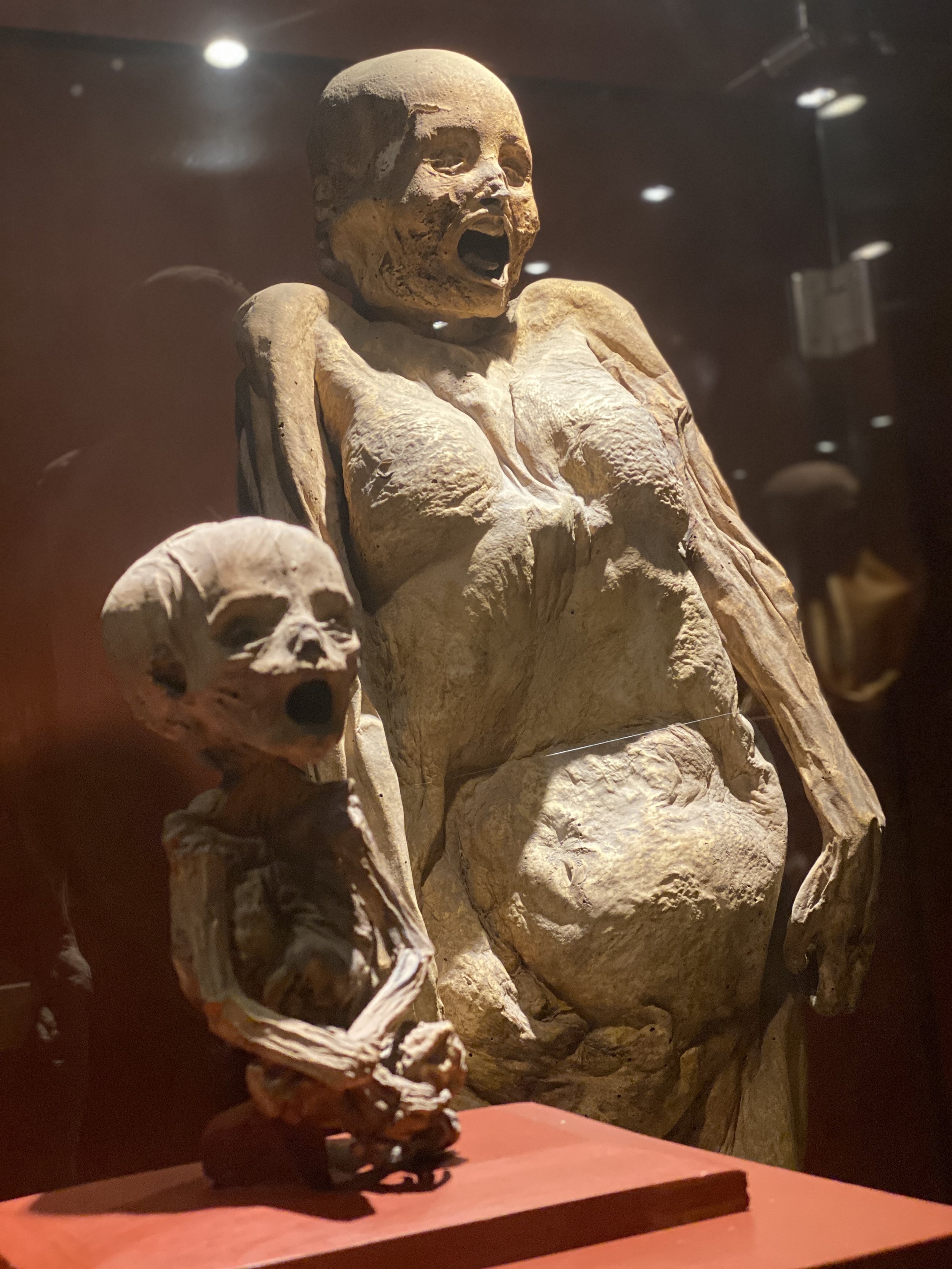
In response to these concerns, the museum has implemented a number of measures to ensure the respectful and ethical treatment of the mummies. Visitors are required to maintain a quiet, solemn demeanor while in the museum, and photography is strictly prohibited. The museum also works closely with local authorities and cultural organizations to ensure that the mummies are properly cared for and that their cultural significance is appropriately recognized.
Ultimately, the ethical debates surrounding the Museo de las Momias highlight the complex and often contentious issues that arise when we confront the physical remains of the dead. As visitors, it is important to approach the museum with a sense of reverence and respect, recognizing the profound and often unsettling nature of the experience.
Conclusion: Confronting Mortality and the Macabre
The Museo de las Momias is a place that challenges our preconceptions about death and the afterlife. By confronting the twisted, desiccated bodies on display, we are forced to grapple with our own mortality and the fragility of human existence. It is a powerful and unsettling experience, one that taps into our deepest fears and fascinations.
Yet, despite the morbid subject matter, the Museo de las Momias has become a surprisingly popular tourist attraction, drawing visitors from around the world who are drawn to the museum’s eerie, unsettling atmosphere. This fascination with the macabre speaks to something fundamental about the human experience – our innate curiosity about the unknown, our desire for the dramatic and the sensational, and our need to confront the realities of death and decay.
As we explore the Museo de las Momias, we are confronted with the stark realities of our own mortality. But in doing so, we also gain a deeper appreciation for the fragility and preciousness of life. The mummies on display serve as a stark reminder that our time on this earth is limited, and that we must make the most of the time we have.
Ultimately, the Museo de las Momias is a place that challenges us to confront our deepest fears and anxieties about death and the afterlife. It is a place that forces us to grapple with the unsettling and the macabre, but in doing so, it also offers us the opportunity to reflect on the meaning and purpose of our own lives. It is a powerful and thought-provoking experience, one that will linger long after we have left the museum’s haunting halls.

